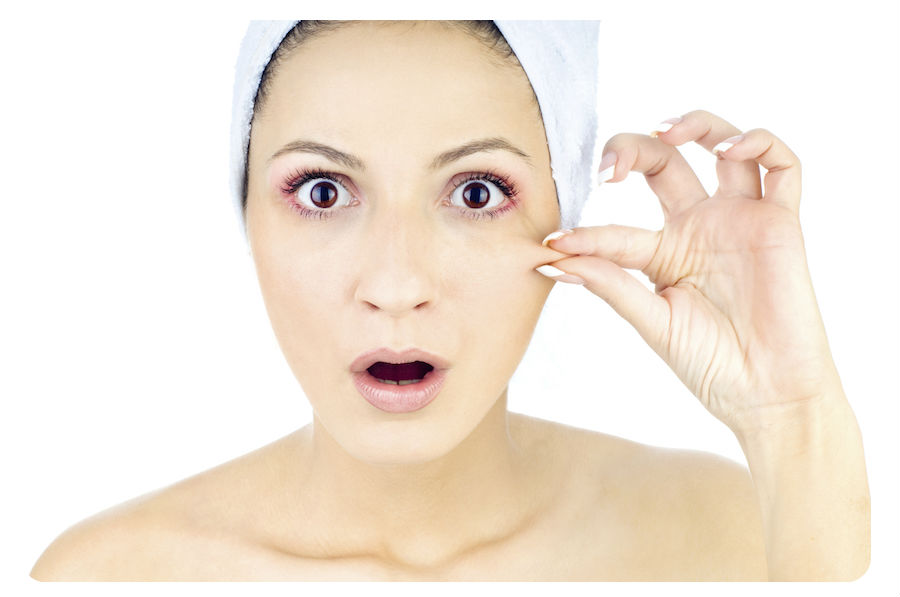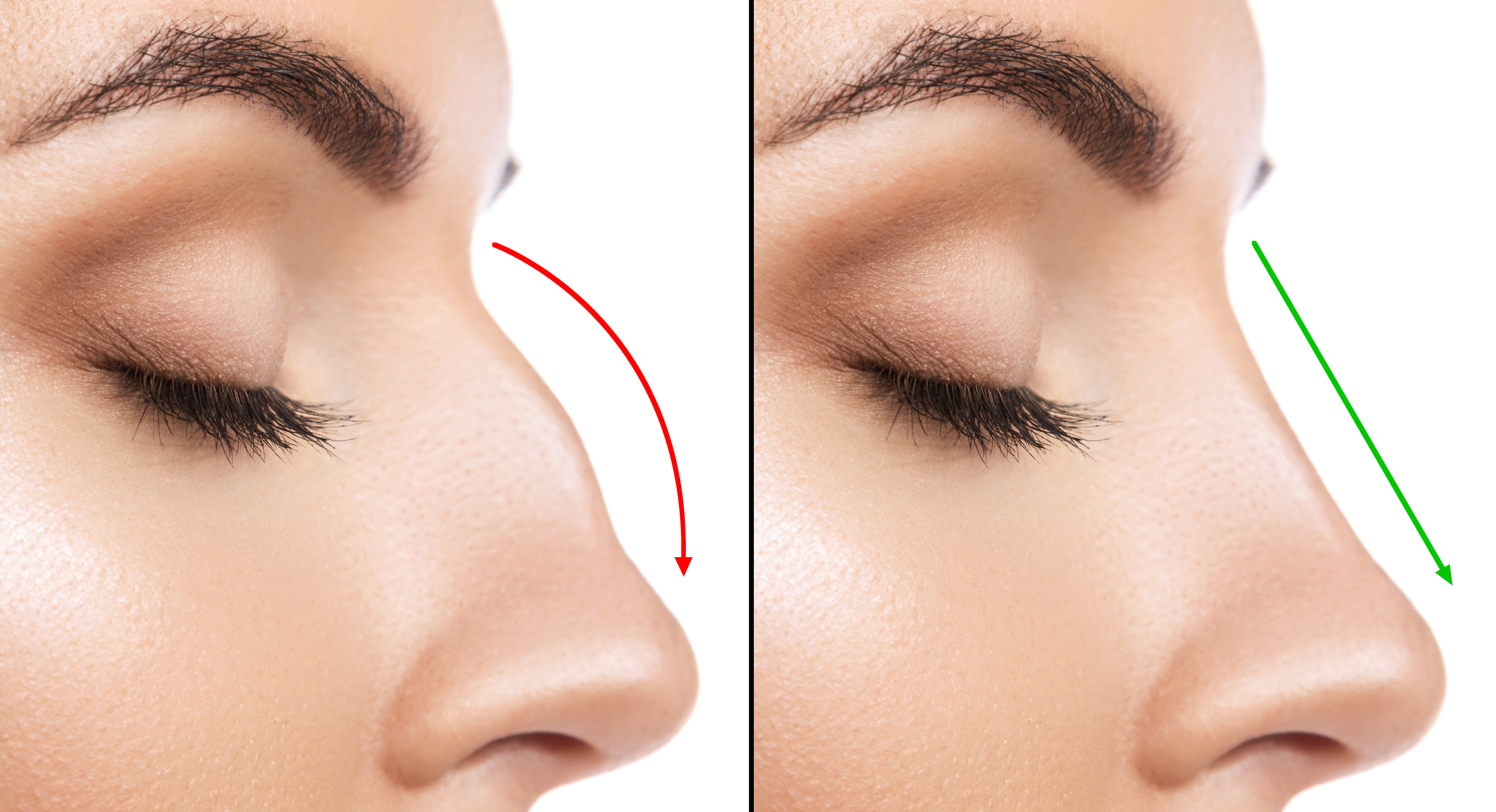 Dr. Menachof, MD, FACS has performed thousands of facial plastic surgery procedures in over 20 years of experience. He has been recognized as a Fellow by multiple academies, named one of America’s Top Facial Plastic Surgeons continually since 2003 and is featured in multiple national publications.
Dr. Menachof, MD, FACS has performed thousands of facial plastic surgery procedures in over 20 years of experience. He has been recognized as a Fellow by multiple academies, named one of America’s Top Facial Plastic Surgeons continually since 2003 and is featured in multiple national publications.
Filler isn’t what it sounds like – it isn’t a “line lifter” or a “hole filler” – it’s volume. This non-surgical procedure results in a full, smooth, more youthful looking appearance, and has little recovery time and immediate results. Every face is different and requires different filler placement – the goal of fillers is to bring a smile to your face every time you look in the mirror. Speak to an experienced surgeon about your aesthetic goals and determine if facial fillers are the right solution for you.
The History of Fillers
Things have changed in the world of fillers. For many years, surgeons used filler to make skin look smoother. They injected it to lift skin, muscles and fat. It was injected under the lines around the mouth, under deep nasolabial folds (the lines from the nose to the corner of mouth), and into very thin lips. The result was that people looked smoother, but they didn’t look better, and they definitely didn’t look younger. Almost no patient looked in the mirror on a regular basis after their injections and smiled. In before and after photos, the depth of facial lines was less noticeable, but the patient did not look any better or happier even though their wrinkle lines were reduced and their face was smoother.
Throughout my career, I have worked to find the answers to the following questions – how can we use filler as volume to make us look better? How does volume make us look attractive? How does volume make young people look young? What is it that happens to volume as we age that causes us to look older?

Facial Volume
Not all young faces look young – typically, the more fat in a person’s face, the younger they look, no matter their age. Therefore, facial volume equates to a younger appearance.
While volume plays a big role in appearance, it is not the entire answer – you want to look natural, attractive, and balanced as well. When we are injecting filler, our goal is not that you simply look young, but that you look young and attractive. Since we know volume is one of the keys to a youthful face, we can combine this technique with other factors that determine attractiveness to make sure you look your very best after a filler treatment.
The Aging Face Can Look Younger
Filler patients are typically individuals who have started aging. How do we make these people look young and attractive? Here are some areas of the face that indicate aging which can be addressed with facial procedures:
- Eyebrows – Younger people have volume over their brow bone just underneath their eyebrows and just above their upper eyelids. Light hitting the face causes this area of volume to shine. This light reflects just beneath the eyebrow and gives this area a very young and attractive appearance (many women apply a light-colored makeup to this area to try and create this same effect). One of the earliest signs of aging is that the eyebrows start to fall while the volume beneath it goes away. When this happens, the eyebrows now sit over the top of the brow bone causing this light to disappear. The result? You look older and less attractive.
- Temples – As we age, we lose volume over the temples. This happens especially in thin people. This loss of volume causes an older, slightly unhealthy appearance.
- Lower Eyelids – As we age, the upper part of the lower eyelids has too much volume (the “bag”) while the lower part has too little (the groove). This also causes the lower eyelid to lengthen, making us look older and less attractive.
- Cheeks – As we age the tissue in the cheeks falls, changing the shape of the face from an oval to more of a square (oval = young and attractive, square = old an unattractive).
- Nasolabial Folds – Falling cheek tissue builds up along the fold causing it to become deeper. The problem here is not a lack of volume in the crease, but the fact that there is too much volume pushing up against the fold (this is where surgeons have injected most filler over the years).
- Lower Face – The falling cheek tissue adds too much volume to the lower part of the face, making the overall contour of the face bottom heavy, causes jowls to appear, makes the jaw-line indistinct, and blends the face and the neck into one structure. Once again, this is not where we want to be injecting our filler.
- Lips – As we age, the lips start to thin (making them almost disappear when we smile), the edges of the lips flatten and lose definition (we lose the “pucker”), and the philtrum (the two pillars going from the nose to the middle of the upper lip) disappears (making the area between the nose and lip look long, flat, and old). Also, the loss of volume underneath the corners of the mouth causes the corners to fall, creating a somewhat sad appearance.
- Neck – Volume in our neck does not make us look young or attractive.
We need to add back volume to the places that make younger people look attractive, where we have lost volume as we’ve aged. Fillers can be used to make those of us that are aging (meaning anyone over the age of 30) look younger and more attractive.
 The Filler Solution – A Non-Surgical Procedure
The Filler Solution – A Non-Surgical Procedure
Every person is unique, but there are some general guidelines to getting fillers. If there is something that bothers you that doesn’t align with these rules, have a conversation with your surgeon about your facial needs.
- Don’t fill in wrinkles (young, attractive people have wrinkles).
- Don’t fill the nasolabial folds (it’s a cheek issue).
- Don’t fill the bottom part of the face (it’s a cheek issue).
- Filler in the cheeks works well. It will make the nasolabial folds and the bottom part of the face look better. If you are on a limited budget, the cheeks are likely where you will get the biggest bang for your buck.
- Don’t forget about the lower eyelids. Filling the groove connects the “bag” to the cheek, making the cheek look higher, and therefore making the lower eyelid look shorter.
- A small amount of filler in the lips makes a big difference (well defined, appropriately full lips with the corners of the mouth no longer turned down).
- In really thin faces, filling the temples makes a really big difference.
- A very small amount of filler just beneath the eyebrows opens the eyes and makes them “pop”.
At the Facial Surgery & Aesthetics Center, we believe wholeheartedly in these guidelines and they have worked very well for our patients. As a general rule, however, if we inject outside of these recommendations, it should be a small injection that is performed in addition to injections that are following our guidelines. If you have any questions about fillers or about your specific filler needs, don’t hesitate to reach out.
This blog was originally posted in January 2019 and has been reposted in 2021 with updated information.


